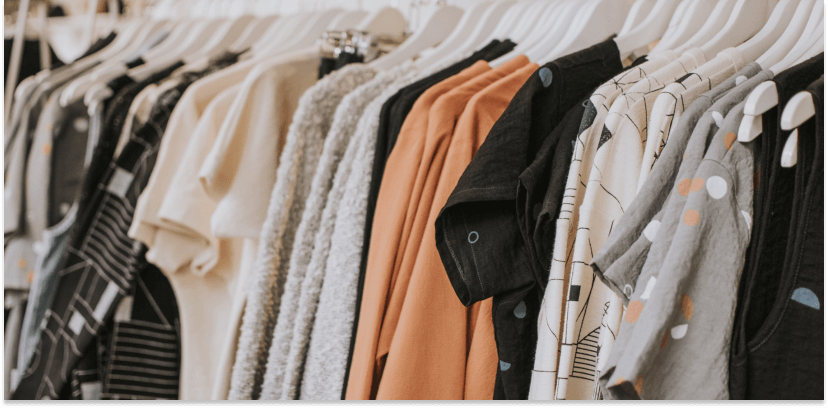Whether you are like most clothing brands, you are always looking for ways to improve your customer base and increase sales. You may have even heard of customer segmentation but are unsure how it works or how to apply it to your business. This blog post will give you a general overview of customer segmentation and explain why it is crucial for clothing brands. We will also discuss five standard customer segmentation models so you can decide which is the right one for your business.
How Individuals Start Small Clothing Brands
Many small clothing brands start as one-person operations. For example, the owner designs clothes, sources materials, and then manages the production process. Once the clothes are ready to sell, they set up a website or open a shop and begin promoting products. However, clothing shops often forget one vital step of setting up their customer segmentation to target their sales.

Using Wholesale Clothing for Your Brand
One of the best ways to supply your clothing brand is wholesale clothing. Wholesale suppliers can help you get the best quality clothes at competitive prices. However, it’s important to remember that not all wholesale suppliers are created equal. You’ll need to do your research to find a supplier like Bella + Canvas who can provide you with the right products for your customer base.
Customer Segmentation Explained
Customer segmentation divides your customer base into groups based on shared characteristics, allowing you to target your marketing and sales efforts effectively. For example, selling women’s clothing might segment your customers by age, location, or income level.
Why Customer Segmentation is so Important
Customer segmentation might be one of the essential things a clothing brand can do, but it is often misunderstood or under-utilized. Here’s why it’s so important:
Different Communication
Segmenting your customer base means you can tailor communications to each group, permitting you to speak directly to their needs and interests. Most importantly, your ROI on customer service and marketing increases because of less wasted effort and the ability to express their needs directly.
Identify How to Keep Your Most Active Customers
Customer segmentation also allows you to identify your most active customers, who buy from you regularly and are your greatest advocates. Therefore, ensure customer satisfaction to promote repeat business and recommendations.
Stronger Customer Loyalty
You are more likely to build stronger customer loyalty when segmenting your customer base. As a result, customers will sense direct communication and are more likely to commit to your brand despite other options.
Reliable Customer Service
One of the most critical aspects of customer segmentation is providing reliable customer service. Identifying your customers’ needs will provide superior service, increased satisfaction, and repeat business.
Opens New Opportunities
Lastly, customer segmentation opens new opportunities for your clothing brand. Identifying the ideal customer allows searching for other products or services of their potential interest. As a result, business expansion and increased sales. In addition, upselling and cross-selling become effortless when understanding which related products appeal to different groups.
Five Common Customer Segmentation Models
There are several different ways that you can segment your customer base. Here are five of the most common models:
Geographic: Geographic segmentation is likely the most basic form of customer segmentation, for example, using their country, region, city, or zip code. Suppose you have different products for different markets or need to tailor your marketing efforts to a specific area.
Demographic: Demographic segmentation is probably the most common form of customer segmentation that utilizes factors like age, gender, income, education, and occupation and allows target marketing.
Psychographic: Psychographic segmentation is a bit more advanced than demographic segmentation. As a result, segment customers by their personalities, values, attitudes, and lifestyles to perform target marketing with customers of similar interests.
Technographic: Technographic segmentation is another advanced form of customer segmentation using technology, including their preferred devices, apps, and software. Therefore, it allows target marketing to tech-savvy consumers.
Behavioral: Behavioral segmentation is another advanced form of customer segmentation by utilizing purchase behavior, including factors like frequency, recency, and value for target marketing to purchase-ready customers.
Doing Customer Segmentation Well
Now that you know the importance of customer segmentation and various methods, let’s look at techniques for better performance.
First, identify your customers, understanding who they are, what they need, and what they want. Then, carefully research your target market and create buyer personas representing your ideal customers.
Secondly, begin analyzing your data to find your business’s best customer segmentation model—review factors such as geographic location, demographics, purchase behavior, and technographics.
Finally, examine your analytics regularly to determine the success of your customer segmentation. Then, adjust your strategy to ensure the right people have the right message.
Following these steps ensures that you’re doing customer segmentation correctly. Don’t prolong further waiting.











